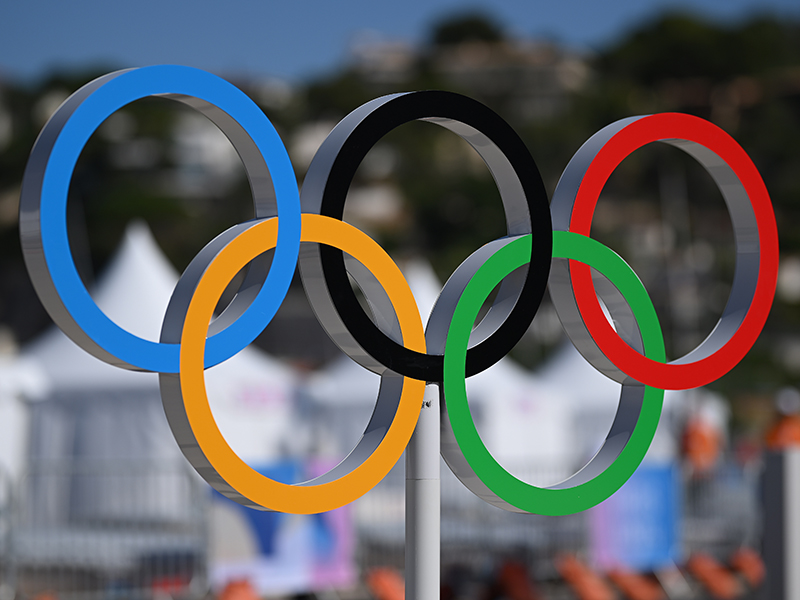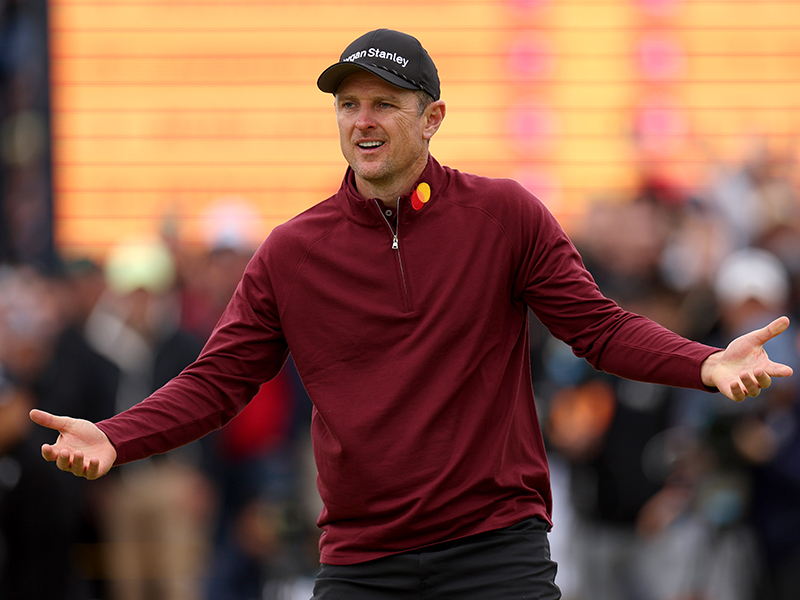
The 2024 Olympics in Paris are finally here and as a global audience settles in to see the greatest athletes battle it out for gold medals, golf waits in the wings for its moment in the spotlight.
Plenty has happened since the last time golf appeared on the olympic stage, perhaps most notably the introduction of a breakaway tour, LIV Golf, causing uncertainty and division in the men's professional game.
Despite a turbulent spell in certain areas of the sport, we have witnessed the emergence of some truly phenomenal talent... and it's their magnetism that could be the key to accessing an untapped golf audience this summer.
Live golf hasn't appeared on terrestrial television (outside of the Olympics) in the UK since 2019, but I believe the opportunity to watch all the Olympic golf action from Le Golf National over the next couple of weeks should be the catalyst for that to change...
The Gravity Of The Olympic Games...
The Olympic Games has an indescribable pull on the general public, fostering interest and increasing participation in so many sports. If you are anything like me, you will find yourself watching coverage of events you have little or no knowledge of, but are nonetheless engrossed and unable to pull away.
According to independent research conducted on behalf of the International Olympic Committee (IOC), a total of 3.05 billion people watched coverage of Tokyo 2020. That's a staggering number, all being exposed to the power of sport, which includes 104 million online viewing requests received by BBC Sport throughout the games four years ago.
In the fleeting moments where I find a spare five minutes to step away from the coverage, my curiosity compels me to search for answers to the multitude of questions I have about the activity or its stars. The gravity of the Olympic games across generations, countries and cultures is special, and is something golf has to exploit in order to reach the next wave of future participants.

Watching live televised golf can be tricky outside of the Olympics, mainly due to the paywall the coverage hides behind, which ultimately hinders progress in promoting the sport more widely.
A great example of the positive impact made by televised sport being free-to-air is The Hundred in Cricket. Following the inaugural season of this short-format competition, the England and Wales Cricket Board (ECB) reported that 16 million people tuned in, with 57 percent of viewers stating they had never watched ECB cricket before and 55 percent stating they had never purchased a ticket to watch cricket in the UK.
In contrast, final round coverage of the 2024 Open Championship recorded the lowest viewership figures in the US since 2015, at just 3.39 million. While data shows that participation in golf at an amateur level is still on the rise, it would be criminal not to capitalise on peak interest following the Olympics.

With the school summer holidays in full flow, young people and families around the world will be taking the opportunity to immerse themselves in the array of Olympic sports on offer, cheering on their compatriots and forging new ambitions to one day stand in their shoes.
It only takes a small spark, created by a magic moment, to ignite a flame of passion for the sport that could burn for a lifetime – and that's what golf is currently missing out on.
I can't believe golf's Majors aren't free-to-air, as this seems a logical way to open the doors to our sport at the highest level. Exposure to sport matters, especially for young people, and in the midst of a cost of living crisis the importance of making those opportunities free is more crucial than ever.
Making live televised golf more accessible to a wider audience, either through terrestrial television or through online streaming platforms, has to be a priority to preserve and propel our sport into the future.







